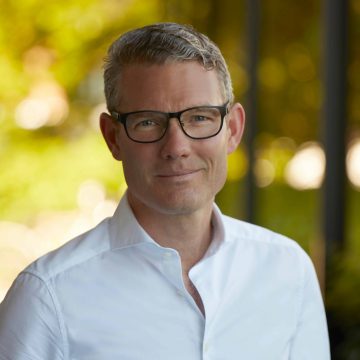Since the start in 1899, we at Stenströms Skjortfabrik have designed and manufactured fashionable shirts that last over time. We have always had Helsingborg as the hub of our business. From August Stenström, which started on a small scale in 1883 – with everything from newspaper sales to world-class shirt production – to today’s global shirt distribution to countries like Germany, USA, Canada and South Africa.
Quality has always been our focus and we are passionately driven by creating your favorite garments, which will last a long time. Today, the range consists of everything from men’s shirts to blouses, knitted garments, dresses, jackets and accessories. Stenströms is today considered one of the world’s leading premium brands for shirts – something we are incredibly proud of.



